Why Not Learn to Sail in a Dinghy?
August 7th, 2025 by team

by B.J. Porter (Contributing Editor)
For people coming to sailing later in life, there are a lot of ways to learn to sail. The more common thought is that bigger boats are more stable and less challenging to learn on. But are they the best way to learn? And what do we mean by “later in life?”
We start junior sailors in dinghies for several reasons – the cost, relatively low power, simplicity, and their ability to foster independent sailing skills. But a key reason is that dinghy sailing is a great way to really learn the feel of sailing, because the boats are so much more responsive than heavier keelboats.
They’re not for everyone – dinghy sailing can be physically demanding, and if you’re not in very good physical condition, there are better alternatives. But there are a lot of great reasons to think about dinghy sailing if you are up for it.
What is a dinghy?
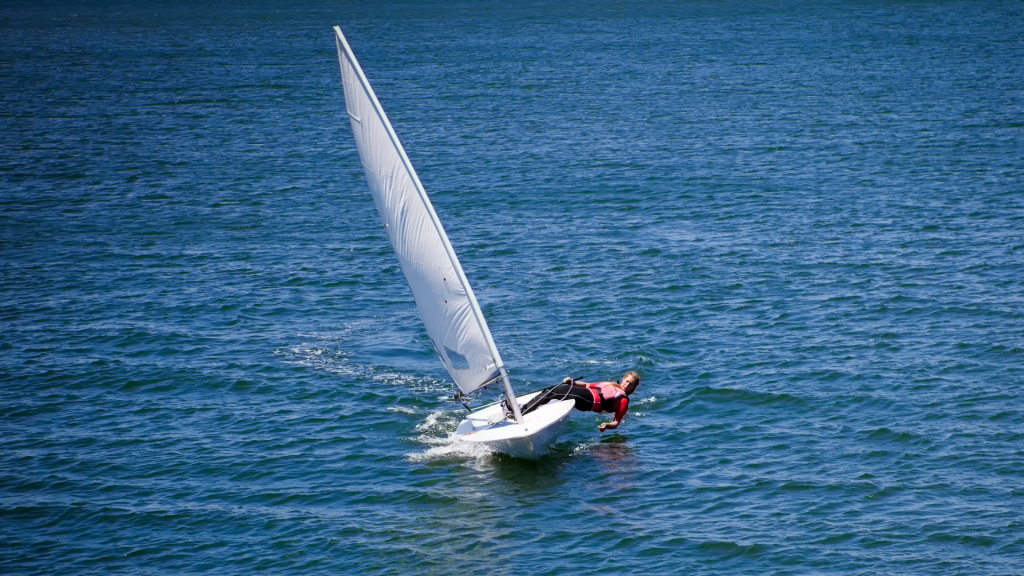
Sailing dinghies are small sailboats often designed for one or two people, though some may be larger. Smaller people can double up on some single-person boats, though most dinghies are light and don’t sail well when too overloaded.
Many dinghies are part of internationally recognized classes, with construction and class rules recognized around the world for unified racing and competition, though that has little impact on beginners.
They typically will have:
- One mast and one or two sails, and some have an optional spinnaker.
- A tiller for steering, not a wheel.
- A centerboard or daggerboard for stability rather than a weighted keel.
- No real accommodation beyond a cockpit for crew and storage for a little gear.
- Size for one or two sailors comfortably, though some larger dinghies can take several more.
Examples of older but still popular dinghy designs include:
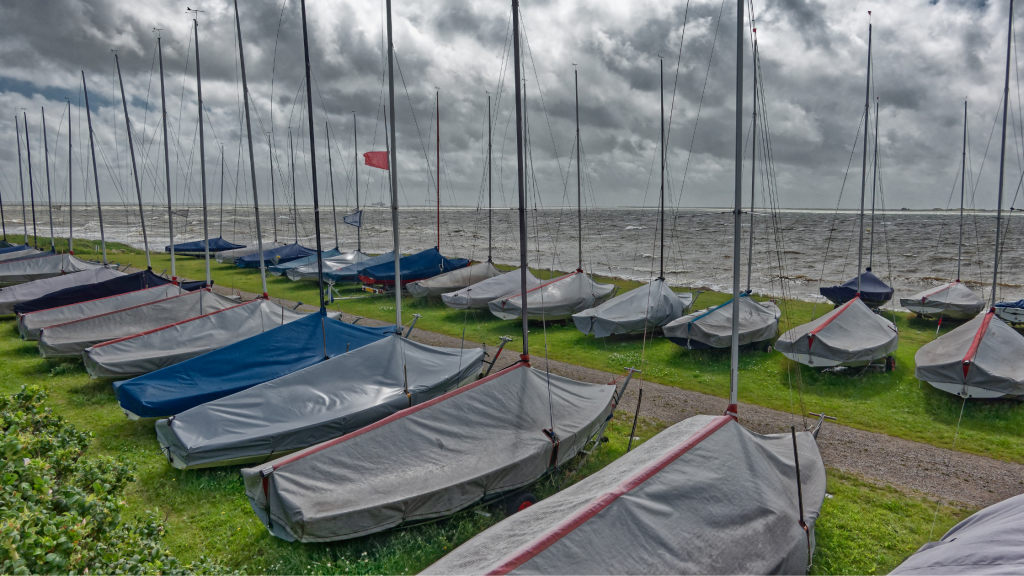
- Optimist – small 8-foot pram with a single sail, primarily used by younger junior sailors. These are generally too small for all but diminutive adults to sail comfortably.
- 420/Club 420 – 14-foot dinghy with a sloop (main and jib) rig, which can use a spinnaker. The 420 is an international class, and the Club 420 is a heavier, sturdier variant used for youth sailing and training in the U.S. The 420 family is popular with youth and college sailing, and one or two adults can sail it.
- Laser – Single sail, single-handed 14′ dinghy with a small cockpit. This is an international class, and sailed in the Olympics and can be a very physical boat. But it’s also a very popular boat for youth sailing and local sailing fleets do its versatility in rig configurations and the number of boats available for competition. Lasers are sailed by all ages, and the Laser class recognizes “Master” sailors with regattas and age brackets for sailors into their seventies!
- Sunfish – very popular 14′ boat with a single lateen-rigged sail with a cockpit. The Sunfish is easy to single-hand and can accommodate two moderate-sized adults comfortably.
- Flying Scot – a 19′ dinghy with a jib, main, and optional spinnaker designed for a crew of three, it can take a few more people comfortably.
There are many, many other newer and popular options on the market, and we encourage you to check out some other builders, like RS, which makes a wonderful variety of boats with a range of performance and ease of use options. But one thing the older designs can do for you is get you a used boat easily for a decent price because there are a lot of them around.
The Advantages of Learning on a Dinghy
The key advantages of sailing smaller boats are their responsiveness, their simplicity, and the price to get your own boat.
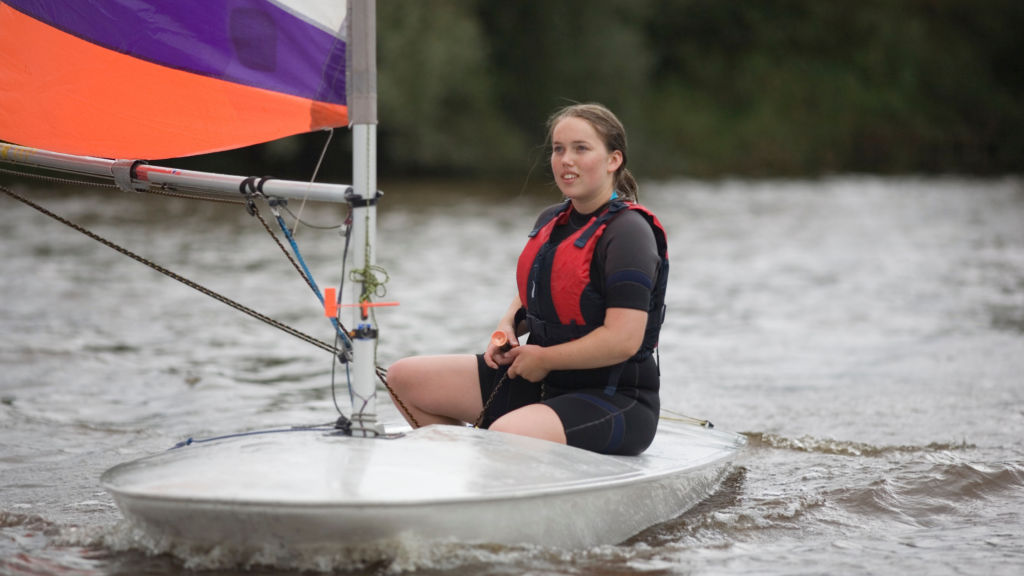
Responsiveness
The larger and heavier the boat, the slower it is to respond to everything, from changes in wind conditions to actions by the crew. Not that a small 22′ keelboat isn’t responsive; it is. But you will get the most direct hands-on “feel” for your boat, the waves, and the wind in a very lightweight boat.
This makes dinghies excellent boats for learning how to get a boat trimmed properly and dialed in to the conditions, as well as how to react to wind shifts, gusts, and other changes. Feedback is instant – if you adjust a sail and get it optimized, you’ll feel the response right away.
Simplicity
Dinghies don’t have engines, plumbing, electrical systems, or very complicated rigs. This makes maintenance and care easy, and it also means you have a lot less to learn while you’re sailing. A Laser has a mainsheet and a few adjustments you can make to change the sail shape, and that’s about it. But it still allows you to explore a full range of sailing conditions and learn a lot about sail shape and how it affects performance, crew weight, and steering.
Even a more complex boat with a jib, main and spinnaker will be simpler in setup than a bigger boat with similar equipment. Dinghies often double-purpose lines and simplify things, so flying a spinnaker on a Flying Scot or a 420 will have fewer lines and controls than flying one on a bigger boat.
Carryover skills
Everything you learn on a small boat carries forward to large boats. Sail trim, sail shape, helming, weight management – these are just some skills you learn.
The physics of sailing are the same whether you’re in a Flying Scot or a 40′ coastal cruiser. While every boat has its differences, the skills you learn more quickly on a small boat are directly transferable.
Ownership Cost
You can buy a small, used dinghy for not much money, and then you own your own boat and can sail it whenever you want. That’s the first cost savings there.
More importantly, you can store most dinghies in your garage, shed, or yard and carry them to water on a roof rack or a small trailer. Rack and storage space for dinghies in marinas and yacht clubs is much cheaper than in-water storage. You don’t have to pay for dockage, mooring, power, and a lot of other expenses you’d have with a bigger boat you’d keep in the water.
Other advantages
There are other less obvious advantages to starting with dinghies, like the solo nature of small boats. A big one is do not have to find someone to sail with you. You can get out by yourself anytime and learn how to solo sail with your boat. And if you can buy a small boat outright, you won’t have to wait for others to take you out, or make reservations and wait for boats.
Disadvantages of Dinghy Learning
Dinghy sailing may not be for everyone, so take a long look at the downsides before committing to owning one or spending a lot of money for lessons in a school that only uses dinghies.
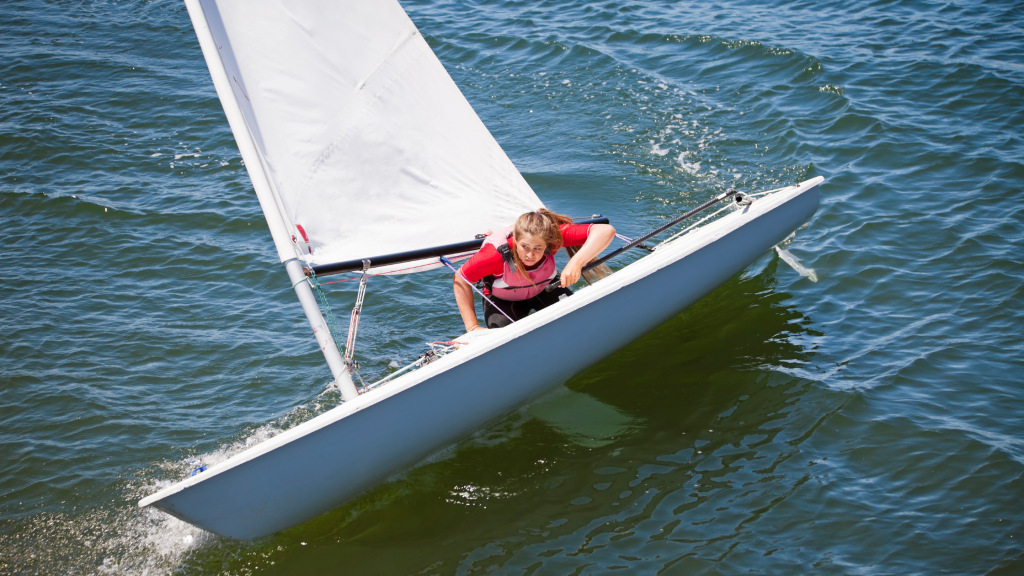
They can be physically demanding
Some dinghies require physical work to sail. That depends on the boat, the conditions, and how you choose to sail it. You can sail a boat like a Laser gently, for example. But if the wind picks up or you decide to race it, it will take exertion, strength, and flexibility to keep the boat upright, never mind sailing well. So, many dinghies require a minimum level of fitness.
Dinghies can be uncomfortable
Dinghies are small boats, with little space for crew and no facilities or comforts. Unlike a keelboat, small dinghy cockpits are often just spaces to put your feet while you sit on the deck. There won’t be cushions, or even proper seats on some. You might have to duck, crouch, or squat to get under the boom when you tack. So if you aren’t flexible or you won’t be able to sit for a long time on something hard, it may be difficult.
Also, you’re likely to get wet.
You can capsize
A keelboat can’t tip over, but a dinghy only has a board for working against the wind and no counterweight to right the boat. If you make a mistake or a big wind gust surprises you, you might end up in the water. While this is more the case with smaller dinghies, learning to right a capsized boat is a critical early skill. That responsiveness that teaches you so well also punishes you sharply for some mistakes.
So, is dinghy learning for you?
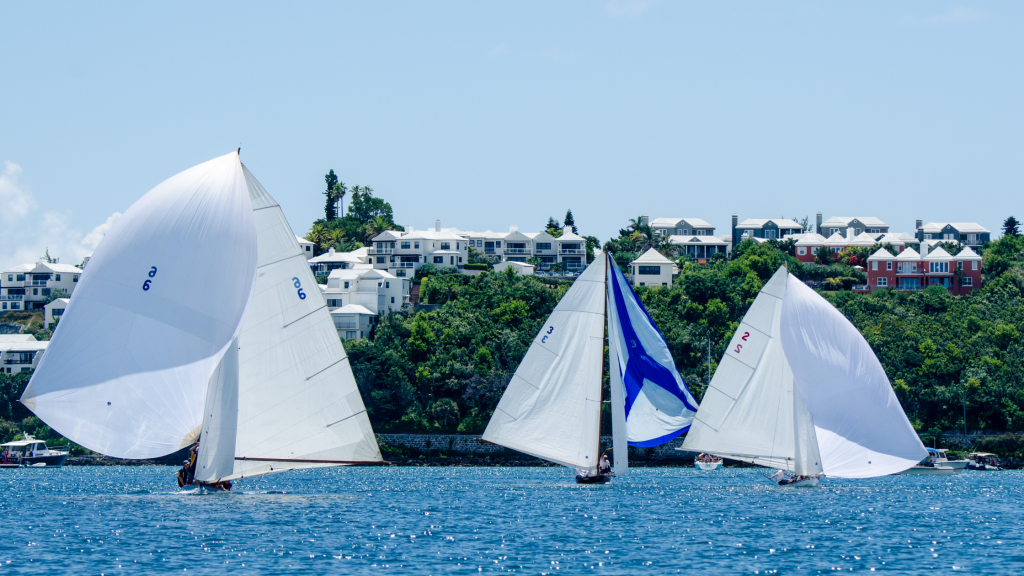
The answer, like every boating question, depends on you.
Are you in reasonably good shape? Or do you struggle with stiffness, arthritis, health issues, or anything else that would impact your comfort, safety or dexterity?
Do you want to own your own boat so you can sail any time you want and have a tight budget? Do you have a reasonable way to move it around and store it?
Or do you prefer and expect more comfort when you’re learning to sail?
You can learn to sail on big or small boats. But I can tell you firsthand as someone who took up Laser sailing in his 40s after learning to sail and race on big boats – if you can do it, you’ll learn a lot, you may learn faster, and it can be a lot of fun!
- Posted in Blog, Boat Care, Boating Tips, Cruising, Fishing, iNavX, iNavX: How To, Navigation, News, Reviews, Sailing, Sailing Tips
- 1 Comment
- Tags: club 420, dinghy, flying scot, laser, optimist, sunfish


August 10, 2025 at 10:36 pm, Shelly said:
Do you have any videos of teaching how to sail a Sunfish, or can you recommend?